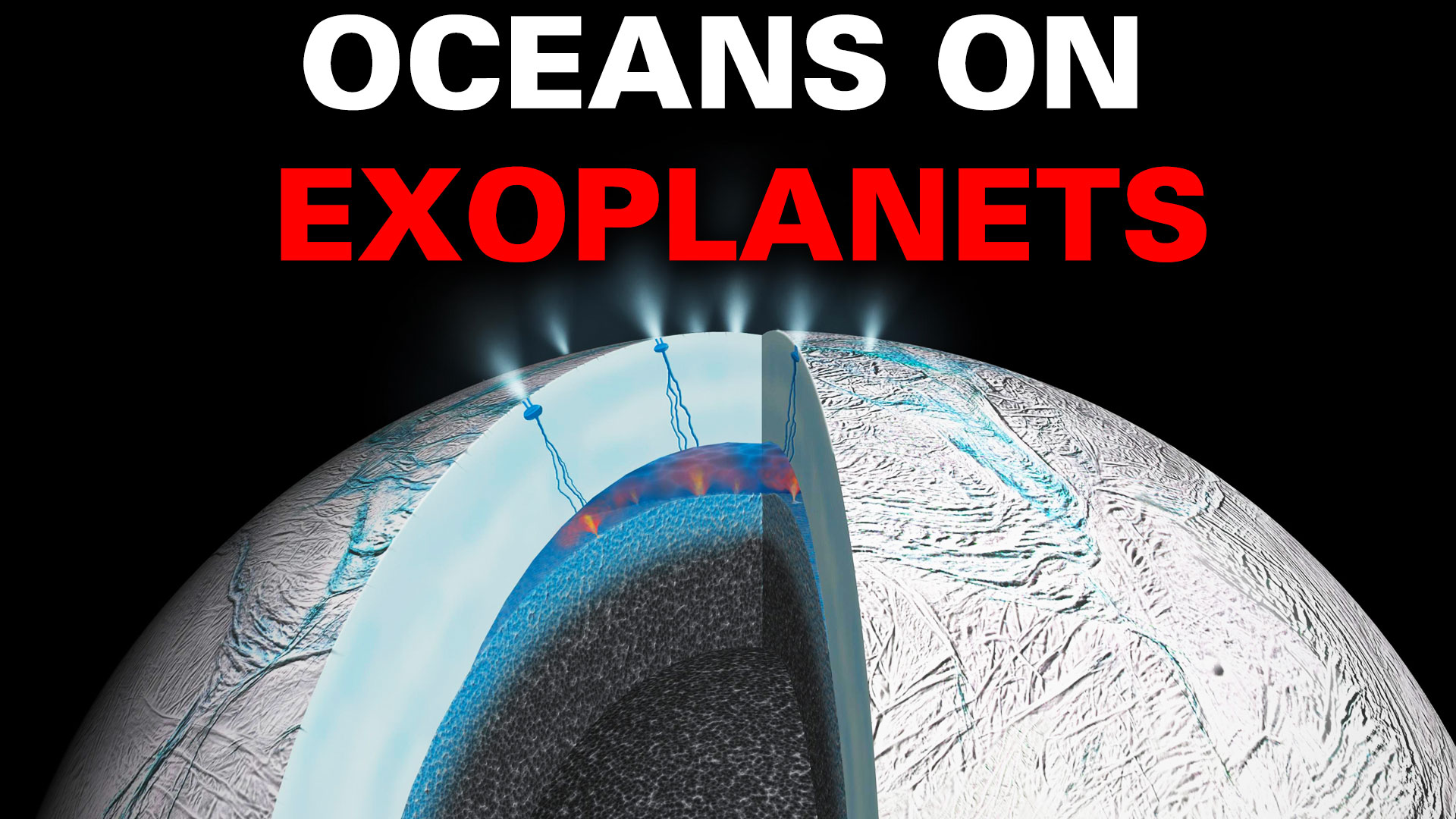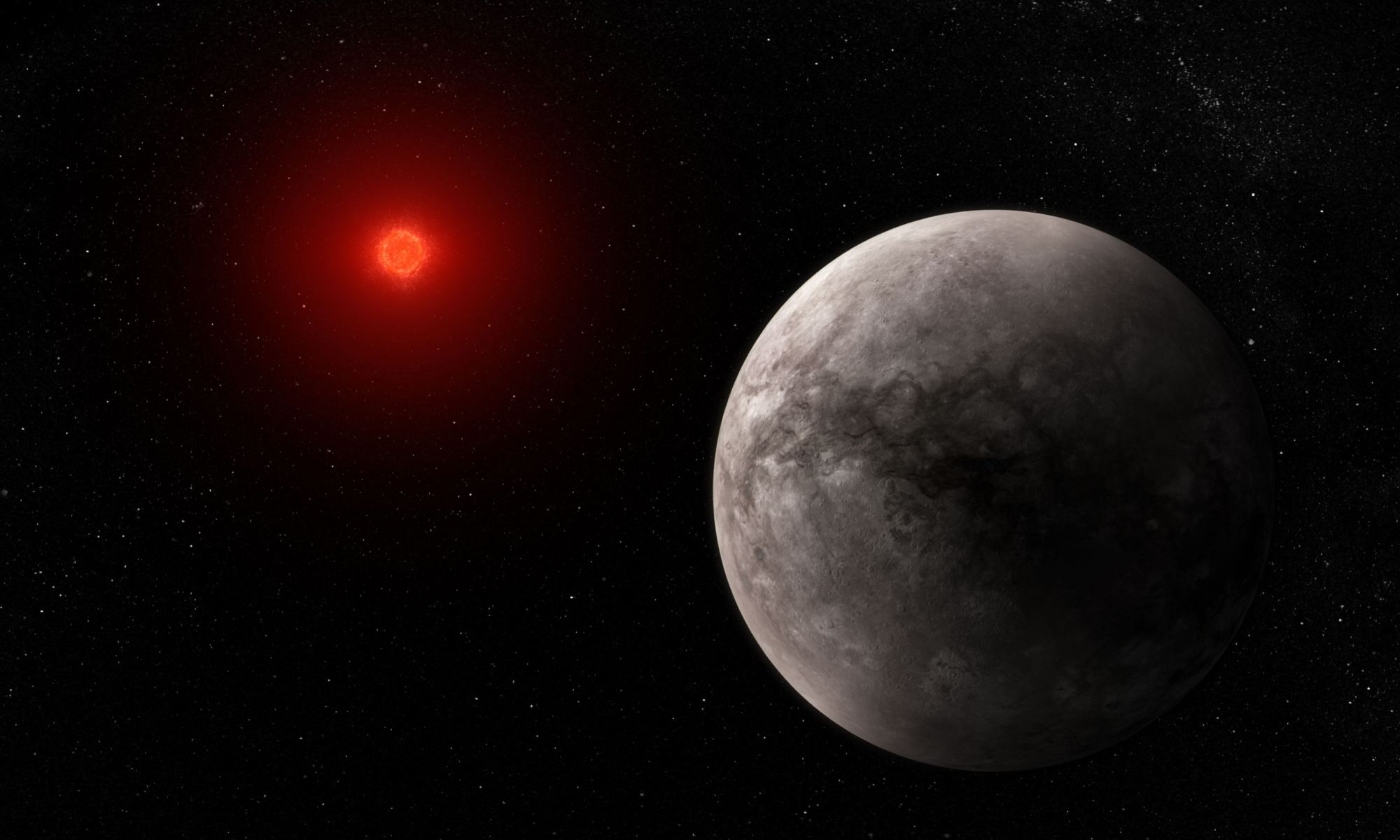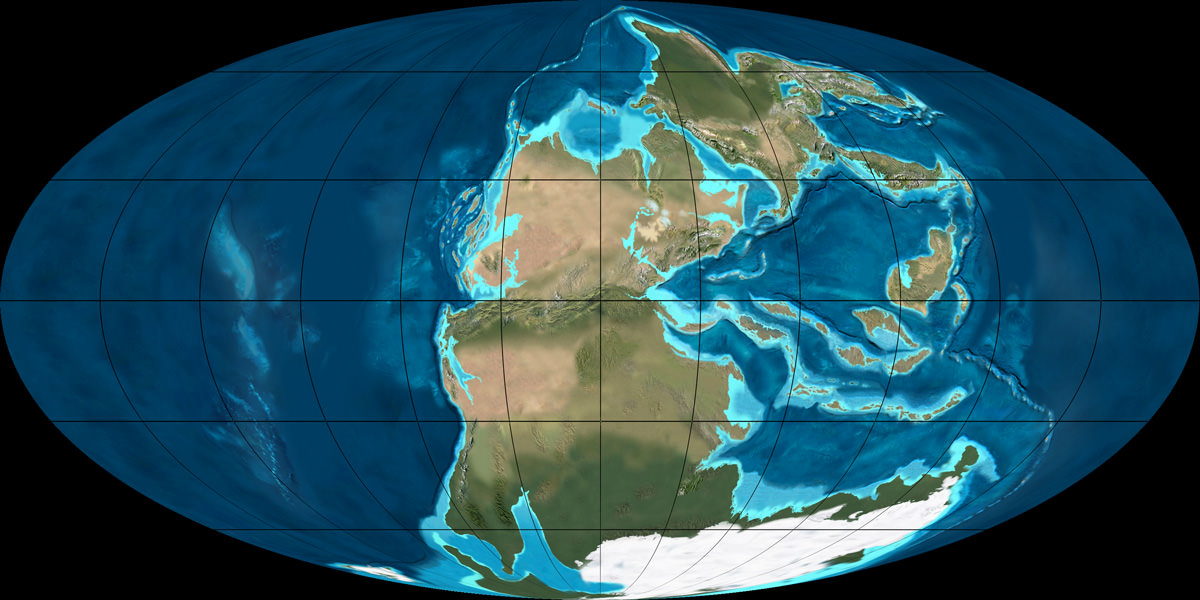The search for life is tied to the search for liquid water. That’s why astronomers are so keen on detecting rocky, Earth-like exoplanets in their stars’ habitable zones. In a habitable zone, a planet receives enough energy from its star to maintain liquid water on its surface, given the right atmospheric conditions.
But in our Solar System, we’ve found worlds with liquid water that are way beyond the habitable zone. Can we do the same in other solar systems?
Continue reading “17 Known Exoplanets Could Have Oceans of Liquid Water”



